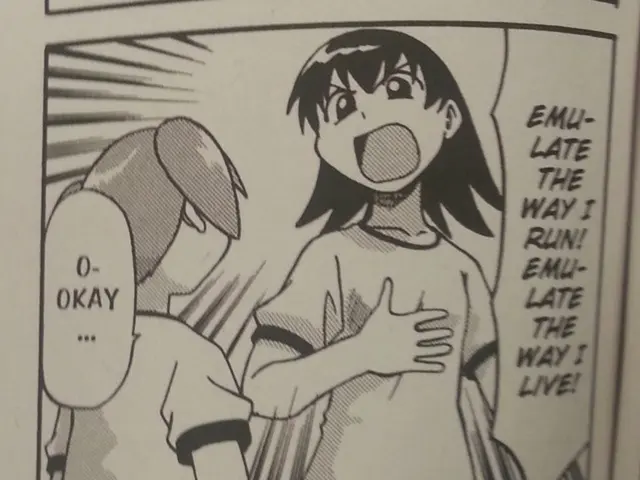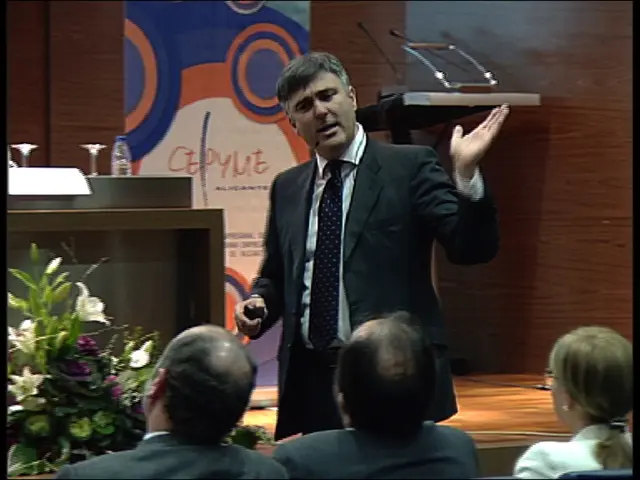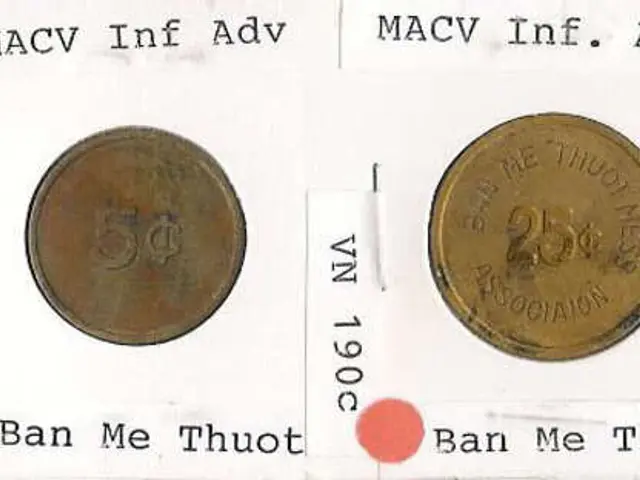Essential Heart Examinations Potentially Required Prior to Cancer Therapies
In the journey of fighting cancer, it's crucial to consider the potential impact of treatment on the heart. Dr. G. Thomas Budd, an oncologist, emphasizes the importance of cardiac screening tests for patients undergoing radiation therapy and chemotherapy.
Before starting treatment, it's important to talk with your doctor about your cancer treatment and discuss testing for heart function. This establishes your "baseline" heart function, providing a point of comparison for monitoring changes after treatment.
One such test is the echocardiogram, a non-invasive ultrasound test that provides a comprehensive evaluation of the heart's function and structure, including the chambers and valves. An advanced form of echocardiogram, known as an echocardiogram with strain testing, offers even more detailed information about the heart muscle's functioning.
Strain imaging, when combined with echocardiography, further evaluates the function of the heart muscle using cardiac ultrasound. It provides two important sets of data: Left ventricular ejection fraction (EF) and LV strain (stress). This information can help identify subtle changes in heart function before they show up as clinical symptoms.
If dramatic changes in LV strain are found, treatment with beta-blockers, ACE inhibitors, and possibly statins may be initiated to prevent further damage. Abnormal LV strain will prompt follow-up testing with echocardiograms to monitor for further changes in cardiac function.
Other tests used in the comprehensive examination of heart function in patients undergoing cancer treatment include stress testing for exercise tolerance, a MUGA scan, and Cardiac MRI. Stress testing involves monitoring vital signs during exercise on a treadmill, with images of the beating heart taken before and immediately after exercise.
A MUGA scan uses a small amount of radioactive tracer and a special camera to create images of the beating heart. Although a MUGA scan is a reliable test for measuring LV function, an echocardiogram gives a more comprehensive look at both cardiac function and the function of the heart valves.
Cardiac MRI is reserved for complicated cases or specific issues and creates a detailed 3-D map or image of the heart. It offers valuable information, particularly in complex cases where a more detailed analysis is required.
Medicines can help ease the burden on the heart if any impact occurs from cancer treatment and can help prevent the need for surgical intervention down the line. These cardioprotective medications are recommended if abnormal LV strain is detected.
In conclusion, a comprehensive examination of heart function is vital for patients undergoing cancer treatment with radiotherapy or chemotherapy. Consulting a cardiologist specializing in cardio-oncology or cardiac diagnostics ensures that heart conditions potentially caused or influenced by cancer therapies are evaluated and managed effectively. Strain imaging, echocardiography, stress testing, MUGA scans, and Cardiac MRI are all valuable tools in this process, helping to identify and manage changes in heart function, and ultimately improving outcomes for cancer patients.
Read also:
- Peptide YY (PYY): Exploring its Role in Appetite Suppression, Intestinal Health, and Cognitive Links
- Toddler Health: Rotavirus Signs, Origins, and Potential Complications
- Digestive issues and heart discomfort: Root causes and associated health conditions
- House Infernos: Deadly Hazards Surpassing the Flames








